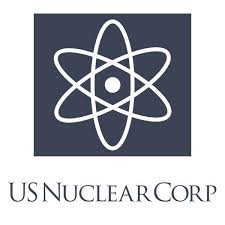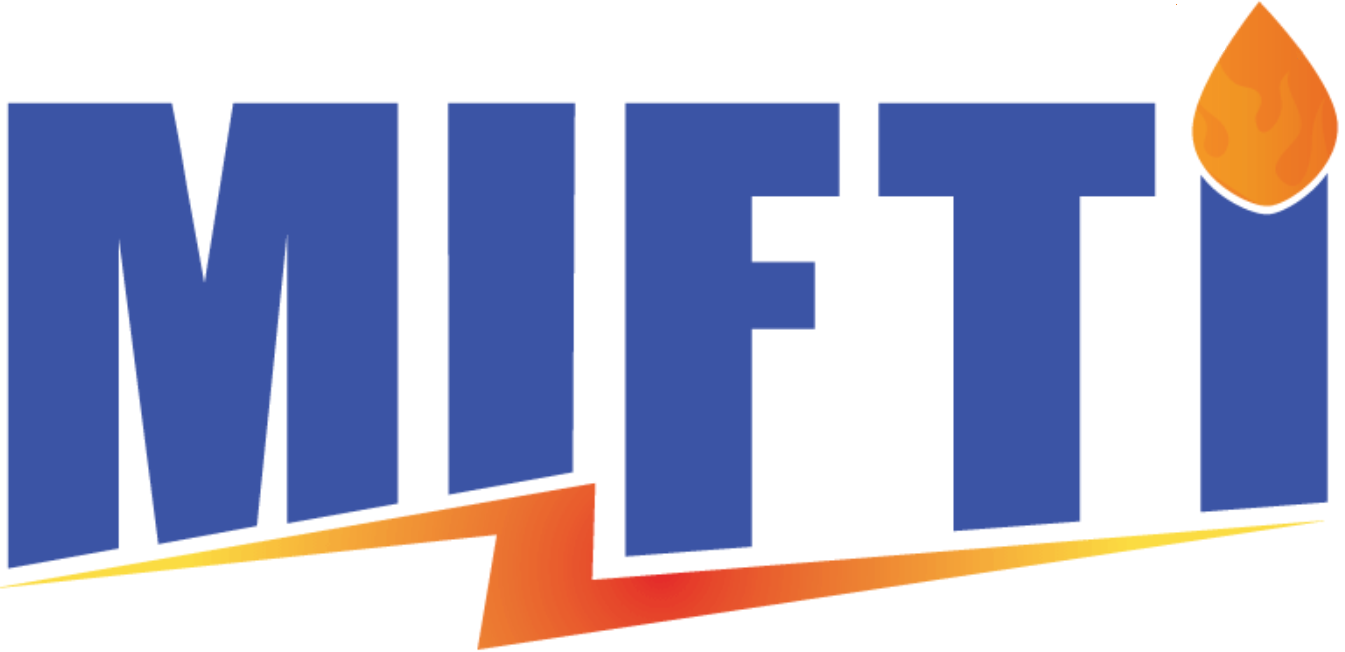
Blog
-
Geiger Readings for Mar 03, 2017
Ambient office = 80 nanosieverts per hourAmbient outside = 79 nanosieverts per hourSoil exposed to rain water = 80 nanosieverts per hourOrganic orange from Central Market = 90 nanosieverts per hourTap water = 89 nanosieverts per hourFilter water = 126 nanosieverts per hourDover sole – Caught in USA = 97 nanosieverts per hour -
Nuclear Weapons 349 – Russian President Hypes New Nuclear Weapons In Speech – Part 2 of 2 parts
Part 2 (Please read Part 1 first)
The U.S. had a nuclear missile engine under development in the 1960s called Project Pluto. They did some development work and testing but ultimate abandoned the project. The engine was so “dirty” that it would have left a trail of nuclear fallout as it flew. This was a serious problem if you wanted to launch it from inside the U.S. or you wanted to fly it over any friendly country. The same problems might plague any Russian nuclear engine.
Putin also talked about a new cruise missile powered by a miniature nuclear engine with a basically unlimited range that could be launched from a Russian nuclear bomber. As he said with respect to some other nuclear missiles in his speech, this one is supposed to have an unlimited range and the ability to evade any existing antimissile defense system. The same issues with respect to nuclear engines detailed above would also apply to this cruise missile. One question that could be important is the question of how much each of the nuclear engines would cost. Obviously, the cost would be much greater than the cost of conventional engines. This could limit the number of these missiles that could be practically deployed even if the nuclear engine to power them really exists.
The RS-28 Sarmat is a liquid-fueled super heavy intercontinental ballistic missile that carries ten to twenty-four nuclear warheads. This missile is under development at the Makeyev Rocket Design Bureau. Estimated weight of the Sarmat is over a hundred tons. It has a payload of ten tons which would allow it to carry ten heavy warheads, fifteen lighter warheads or as many as twenty-four hypersonic glide vehicles. The range of the Sarmat is about six thousand miles. This is an upgraded version of the Satan ICBM that the Russians already have in their arsenal. A non-nuclear-powered version will be deployable around 2020.
Putin said in his speech that the Kinzhal is a new hypersonic cruise missile launched from an aircraft. (An aircraft is considered hypersonic if it travels at about ten times the speed of sound or around six thousand miles per hour.) It is a low to medium altitude all weather short-range missile system. It is designed for attacking airplanes, helicopters, cruise missiles, precision guided munitions, unmanned air vehicles and short range ballistic threats. Putin claims that it has the ability to fly at an extremely low altitude and avoid missile defense systems by maneuvering around their detection zones. It is said to have a range of about one thousand miles. Putin claims that this missile is already deployed in the Southern Military District in Southern Russia.
The Status-6 is an unmanned underwater drone that could could cruise undetected into a port and explode in a multi-megaton blast that would destroying everything for miles. It is supposed to be much faster than any existing underwater craft. Stories of such a weapon have been floating around for years. The problem is that there is no certainty that it even exists. As they say, if something sounds too good (or bad) to be true, it probably does not.
Non-Russian nuclear weapons experts questioned the presentation of these nuclear weapons as new developments. Some say that Putin was just repackaging and rebranding some existing weapons for publicity. There are also questions about the accuracy of the presented specifications.
RS-28 Sarmat missile:
-
Geiger Readings for Mar 02, 2017
Ambient office = 89 nanosieverts per hourAmbient outside = 104 nanosieverts per hourSoil exposed to rain water = 93 nanosieverts per hourLime from Central Market = 92 nanosieverts per hourTap water = 89 nanosieverts per hourFilter water = 81 nanosieverts per hour -
Nuclear Weapons 348 – Russian President Hypes New Nuclear Weapons In Speech – Part 1 of 2 parts
Part 1 of 2 Parts
The U.S. and the Soviet Union were locked in a Cold War for decades. They both built huge arsenals of nuclear warheads and delivery systems that would have been able to destroy human civilization many times over and might have made humanity extinct. The two super powers did manage to sign a treaty to reduce nuclear weapons and today the U.S. and Russia (which inherited the arsenal of the Soviet Union) each have thoudands of nuclear weapons instead of the tens of thousands that they had at the height of the Cold War.
For a variety of reasons, the relationship between the U.S. and Russia have been deteriorating in the past few years. Both the U.S. and Russia have accused the other of violating the arms reduction treaties with the development of new weapons and dedication of massive funding to modernize their nuclear weapons arsenals.
Every eight years, the U.S. carries out what is called a nuclear posture review (NPR). The previous NPR was in 2010 and the U.S. just released the new NPR in January of 2018. Besides mention of the modernization, there was also a section dedicated to the creation of low yield, highly accurate tactical nuclear weapons. The U.S. is saying in the NPR that they might consider a serious cyberwar attack as sufficient reason to attack the enemy with these tactical nuclear weapons. Russia has also been talking about responding to non-nuclear military situation with tactical nukes.
Vladimir Putin is running for his fourth term as President of Russia. He recently delivered an annual speech on the state of Russia that analysts say was mainly intended to excite his hardcore supporters. He specifically mentioned some nuclear weapons systems that he said were “new.” He claimed that these weapons were powerful and unstoppable but only intended for defensive use. He also made belligerent comments to the effect that the West had failed to “contain” Russia and that other nations must “listen” to Russia now. Here are brief descriptions of some of the nuclear weapons that he mentioned in the speech.
The Avangard is an intercontinental ballistic missile that Putin says can fly at twenty times the speed of sound and strike a target like a meteorite. He claimed that it is so fast the it would be impossible for any anti-missile system in the world to stop it. He said that it is so maneuverable that it could easily fly around and between zones of detection for antimissile systems. It is supposed to have an unlimited range and it could fly over the North or South Pole to strike any target on the other side of the globe.
The controversial part of his announcement and the thing that makes this system “new” is that instead of the propulsion system that the existing version of the missile utilizes, this version is supposed to have a nuclear engine. While Putin brags about the capability of the new engine, non-Russian analysts say that they have been monitoring the Russian development of a nuclear engine and claim that most of the test flights they watched were failures. They are skeptical that the Russians really have a reliable version of such an engine ready to deploy.
Please read Part 2
Avangard Missile:
-
Nuclear News Roundup Mar 01, 2017
-
Geiger Readings for Mar 01, 2017
Ambient office = 124 nanosieverts per hourAmbient outside = 131 nanosieverts per hourSoil exposed to rain water = 126 nanosieverts per hourBlood orange from Central Market = 103 nanosieverts per hourTap water = 130 nanosieverts per hourFilter water = 124 nanosieverts per hour -
Nuclear Fusion 42 – US Nuclear And MIFTI Are Working On Using Nuclear Fusion Device To Produce Medical Radioisotopes
I have blogged before about the possibility of a shortage of critical radioisotopes used for diagnosis and treatment. After the shutdown of a Canadian nuclear reactor in late 2016 which had provided a major share of radioisotopes for medical applications, the National Academies of Sciences, Engineering, and Medicine produced a report warning of a potential shortage of such isotopes as Molybdenum-99 (Mo-99) and Technetium-99m (Tc-99m) which are used for nuclear imaging. The current global market for these isotopes is nearly ten billion dollars. It is estimated that by 2021, the market for them will grow to around seventeen billion dollars.
Anticipating the future shortage of medical radioisotopes and concerned about possible terrorist capture of uranium being shipped to other countries for processing, in 2013, the Obama Administration signed legislation to encourage private industry to work on solving the medical isotope supply problem. SHINE Medical Technologies is building a one hundred million dollar plant to produce medical isotopes in Janesville, Wisconsin. The U.S. government is providing twenty-five million for the SHINE plant. NorthStar Medical Radioisotopes in Beloit, Wisconsin is getting fifty million dollars of federal money under this program.
SHINE has designed eight particle accelerators for the Janesville plant. The NRC approved construction of the Janesville plant in 2016. SHINE and Northstar both face the problem of raising a lot of private capital to move forward with their plans. One problem with the SHINE and Northstar projects is that they are planning on using old nuclear fission technology such as nuclear reactors or very expensive particle accelerators to produce the neutron flux needed for the generation of the medical radioisotopes.
Magneto-Inertial Fusion Technologies, Inc. (MIFTI) is a company that is working on nuclear fusion. MIFTI has received recognition and awards from the U.S. Department of Energy for its innovative approach to nuclear fusion research. MIFTI is a pioneer in the development of ZETA pinch plasma confinement. While their ZETA pinch nuclear fusion device has not yet been able to produce a sustained fusion reaction, it does produce a lot of neutron which are just what is needed for the production of medical radioisotopes. A compact and high powered ZETA pinch fusion reactor is currently being designed for MIFTI.
U.S. Nuclear Corporation is a company “…specializing in the development and manufacturing of radiation detection instrumentation.” They have signed an agreement with MIFTEC, a subsidiary of MIFTI, to build MIFTI ZETA pinch fusion reactors for the production of medical radioisotopes.
Potential problems for the production and deployment of ZETA pinch technology for medical radioisotope production include the following: First and foremost, the technology must be proven in a real-world commercial environment. Second, the management of these two companies must find sufficient private funding to bring a product to market. Third, while regulations could be an impediment, the MIFTI approach only uses tritium extracted from seawater. Without any uranium being involved, it should be easy enough to get regulatory approval.
U.S. Nuclear and MIFTEC believe that if everything goes according to their plan, they should have a working medical isotope machine producing commercial quantities within the next twenty-four months.
-
Geiger Readings for Feb 28, 2017
Ambient office = 78 nanosieverts per hourAmbient outside = 123 nanosieverts per hourSoil exposed to rain water = 124 nanosieverts per hourPineapple from Central Market = 63 nanosieverts per hourTap water = 166 nanosieverts per hourFilter water = 155 nanosieverts per hour







